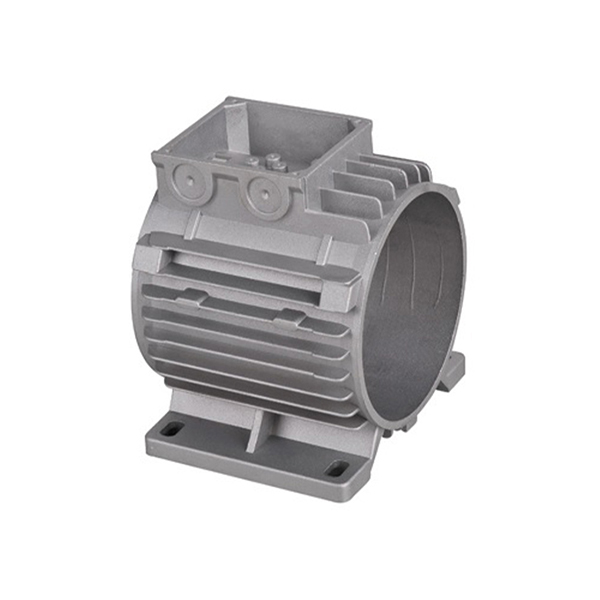Mobile:+86-311-808-126-83
Email:info@ydcastings.com
impeller suction
Understanding Impeller Suction A Key Concept in Pump Engineering
In the realm of fluid dynamics and pump engineering, the concept of impeller suction plays a crucial role in the efficient operation of centrifugal pumps. An impeller is a rotating component within a pump designed to impart energy to the fluid, thereby enabling it to move through the system. The suction process, however, is integral to ensuring that the impeller operates effectively, drawing fluid into the pump and maintaining optimal flow rates.
The Basics of Impeller Operation
An impeller typically consists of blades that rotate within a housing, converting mechanical energy into kinetic and potential energy within the fluid. As the impeller spins, it creates a low-pressure area at its inlet, which, through the principles of fluid dynamics, results in the suction of liquid from the source—be it a tank, a river, or an underground reservoir. The efficiency of this process is critically dependent on the design of the impeller and its interaction with the fluid.
Principles of Suction
The suction capability of an impeller is influenced by various factors. The shape and angle of the blades, the rotational speed, and the viscosity of the fluid are all vital. A well-designed impeller will generate a significant pressure differential that enables it to overcome atmospheric pressure and draw liquid efficiently into the pump system. This is governed by Bernoulli's principle, which states that an increase in the speed of a fluid occurs simultaneously with a decrease in pressure.
Cavitation A Major Concern
impeller suction

While the suction process is fundamental to pump operation, it also poses challenges. One such challenge is cavitation, a phenomenon that occurs when the pressure at the impeller inlet drops below the vapor pressure of the liquid. In simpler terms, this means that the fluid can start to vaporize, leading to the formation of vapor bubbles. As these bubbles travel through the pump and enter regions of higher pressure, they collapse, creating shock waves that can cause significant damage to the impeller and other pump components. To mitigate cavitation, engineers often design impellers with features that improve suction performance and keep inlet pressure above vapor pressure levels.
Impeller Design Innovations
Advancements in technology have led to numerous innovations in impeller designs aimed at enhancing suction capabilities. Computational fluid dynamics (CFD) simulations are frequently employed to optimize blade shapes, angles, and configurations. Multi-blade impellers, for instance, provide higher suction performance by increasing the volume of fluid moved with each rotation. Additionally, the introduction of materials that can withstand the harsh effects of cavitation has opened new possibilities for pump longevity and reliability.
Applications and Importance
Impeller suction is vital across a myriad of applications, from municipal water supply systems and industrial processes to agricultural irrigation. Understanding the principles behind it can lead to improved efficiency, reduced energy consumption, and lower maintenance costs for pumping systems. Engineers and operators must monitor suction conditions closely to ensure the longevity and reliability of pumps in operation.
In conclusion, the concept of impeller suction is not merely an engineering detail; it is a foundation upon which effective pumping systems are built. As technology continues to evolve, so too will the methods for enhancing impeller design, ensuring that the fluid transfer remains efficient and reliable, meeting the demands of various industries worldwide.
-
Impeller Technology That Powers Precision in Pump SystemsNewsMay.22,2025
-
Valve Durability Begins with Quality Cast Iron ComponentsNewsMay.22,2025
-
Performance Cooling with Advanced Automobile Water Pump SolutionsNewsMay.22,2025
-
How Motor Housing and Oil Pans Shape Engine PerformanceNewsMay.22,2025
-
How Metal Castings Drive Modern Manufacturing EfficiencyNewsMay.22,2025
-
Exploring the Engineering Behind Valve Body CastingsNewsMay.22,2025











